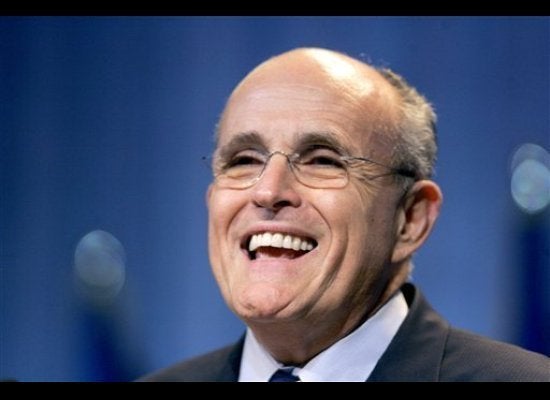WASHINGTON -- With the news that Rep. Henry Waxman (D-Calif.) will retire at the end of the year, it's time to remember how the 20-term veteran helped change the world of campaign finance -- not necessarily for the better -- in his first decade in Congress.
As a young, liberal lawmaker, Waxman sought the chairmanship of the vitally important health subcommittee of the House Commerce Committee in 1978. His campaign bucked a seniority system that had been officially dismantled earlier in 1970s, but was unofficially still very much part of the congressional order.
To gain support for his bid, Waxman distributed $40,000 from the coffers of his personal campaign committee and his PAC to the campaigns of other lawmakers in the Democratic caucus and on the Commerce Committee. Contributions to colleagues from a junior representative like Waxman, then serving his second term, were not common back then.
This sparked an outcry from supporters of the more senior Rep. Richardson Preyer (D-N.C.), who was supported by leadership and more conservative Democratic lawmakers. "It was just a very bad precedent for a guy to go around giving money to his colleagues on the committee when he was involved in a chairmanship race," a House leadership aide told Washington Post reporter Mary Russell at the time.
But Waxman won the subcommittee gavel.
Afterward, Rep. Henry Gonzalez (D-Texas) introduced a measure in the Democratic caucus to ban lawmakers from using money from their own PACs or campaign committees to help other lawmakers, unless the committee in question was set up by party leadership. The measure did not pass.
Rep. Richard Bolling (D-Mo.), a conservative Democrat, also criticized Waxman's use of campaign funds inside a caucus meeting.
Waxman defended his donations as nothing controversial and not meant to sway potential votes for the chairmanship. He said they were only meant to help like-minded lawmakers in their own elections, according to a 1978 Washington Post article. "I wanted to see some people reelected that I know and think well of," he said.
Furthermore, he argued, this was simply how business was done in the California state legislature, where he had previously served. ''California officeholders have been doing it for years; that's how the Democrats won a majority in the state Assembly," Waxman told The New York Times in a 1983 article.
In fact, Waxman and his California State Assembly colleague Howard Berman -- who would similarly go on to serve in Congress for 30 years -- had developed the "each one helps one" system of contributing to liberal Democratic candidates and connecting them to money networks that helped the Democratic Party win control of the state legislature.
In Congress, the initial questions about Waxman's donations to his colleagues receded as his fellow lawmakers found themselves caught in a race for campaign money like never before. By the early 1990s, party leaders had begun to pressure their rank and file not only to give money to the party committees, but also to contribute money to vulnerable members through their campaign committees and PACs.
This pressure soon turned into a formalized process that effectively required lawmakers to reach contribution quotas to party committees if they wanted to chair a committee. The more powerful the committee -- say, Ways and Means or Appropriations -- the more money needed to be contributed.
Lawmakers also came to see giving from their PACs to other members and candidates, as Waxman did, as a useful way to build support for both legislation and their personal ambitions. And so, contributions from members to other members and their party committees soared -- from $10.7 million in 1990 to $156.3 million in 2012. (Both numbers are in 2012 dollars.)
While Waxman's role in normalizing these contributions set the stage for their eventual rise, the real explosion in giving between lawmakers and from them to their parties occurred immediately after implementation of the McCain-Feingold campaign finance reform law, which ended unlimited "soft money" contributions from outside sources to the parties. Lawmaker contributions jumped from $97.4 million in 2002 to $156.3 million in 2004, the first election after the reform law went into effect. (Both numbers are in 2012 dollars.)
What was once controversial when Waxman first did it is now so normal that contributions from candidate committees and leadership PACs both rank among the Center for Responsive Politics' top 20 list for sources of campaign funds.

